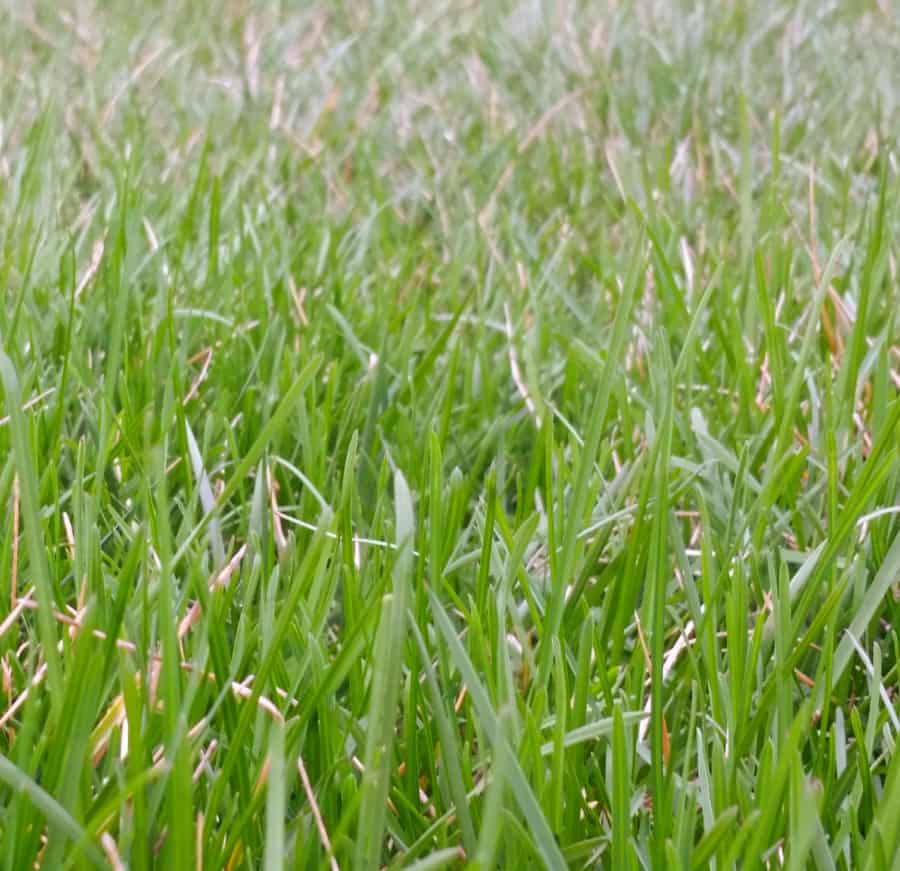Lawn care is not at the top of my personal list, but many gardeners think highly of their lawns. Growing a green lawn helps tie landscape beds together and provides a resting spot for the eyes. However, lawn care need not be overwhelming to the gardener. It should be a regular chore that gets done without fuss.
There also needs to be balance in lawn care, between the need for chemicals and organic practices. Knowing which treatment is best for which situation will help you to grow the best lawn for your area. While this guide is mainly for those in the Central Great Plains and Zones 5 to 6, only slight adjustments to to the practices may be necessary for other areas.
Types of Lawns and Turf
Before we get into the actual month by month guide, it is good to know what type of grass you have or the type of lawn you have. For example, I myself do not have a well-maintained, green lawn. Or at least, not what is expected of most homeowners. Because my gardening is 99% organic, I choose to have a lawn that is a mixture on grasses, sedges, and “weeds“, that benefits the insects of the garden.
The Diverse Organic Lawn
This is what I have. To me, a lawn should be a bridge between garden beds, or used as a play surface for my kids. Therefore, I do not dump a bunch of chemicals onto the lawn, and I let the “weeds” grow too. But I do mow my lawn regularly. I love mowing.
A diverse organic lawn is a nice way of saying that your lawn is full of weeds. But weeds in moderation can be beneficial to the overall health of the landscape. By letting things like dandelions, speedwell, native sedges, field pussytoes, and prairie petunias grow in my landscape, I am providing a nectar and host plant source for many insects. Which in turn, feed the birds and other animals in the ecosystem.
This lawn is typical of many farmsteads and gardeners who want to put their money and time into other aspects of their land, not into lawn care.
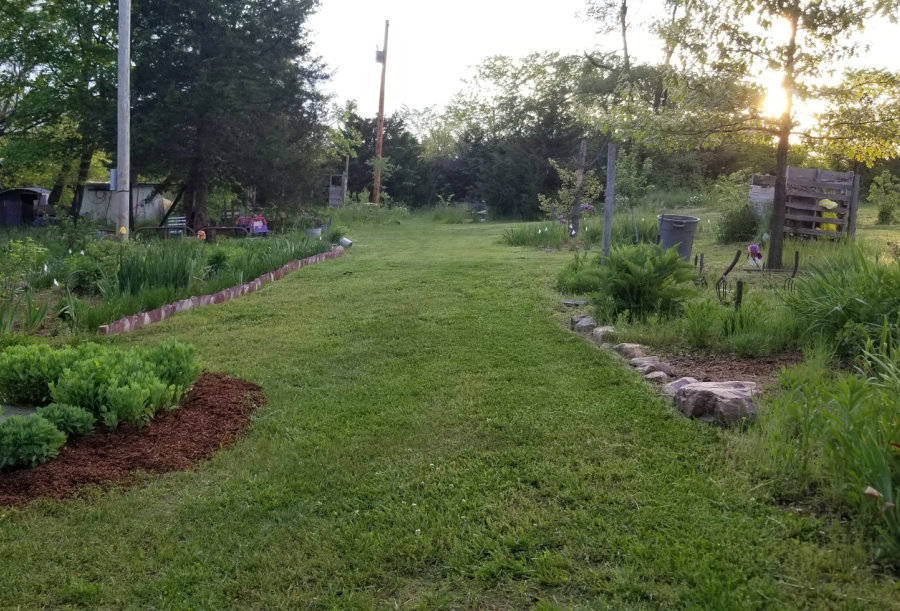
Grass Species of the Diverse Organic Lawn
The species list of grasses and sedges in these lawns can be quite high. But here is a list of what might be found in these types of lawns.
- Kentucky Bluegrass
- Tall Fescue
- Orchardgrass
- Blue Grama
- Hairy Grama
- Buffalograss
- Zoysia
- Bermudagrass
- Bentgrass
- Prairie Threeawn
- Purple Lovegrass
- White clover
- Texas Sedge
- Mead’s Sedge
- Woodland Sedge
The Shaded Lawn
Most gardens and landscapes have both shaded and sunny areas of lawn. They usually have different species of grass growing. One of the most asked about comments from my customers is how to get grass to grow better under shade. A mixture of several species of turf grasses are recommended by professionals so that hotspots within these different areas are easy to maintain.
Growing a healthy lawn under full shade of large, mature trees can be quite difficult. Because of the lack of sunlight, turf is thinner and stressed by lack of moisture from tree root competition. Often, the recommendation is to make landscape beds larger and plant groundcovers under trees. It eliminates much of the lawn, but keeping turf healthy under shade is difficult.
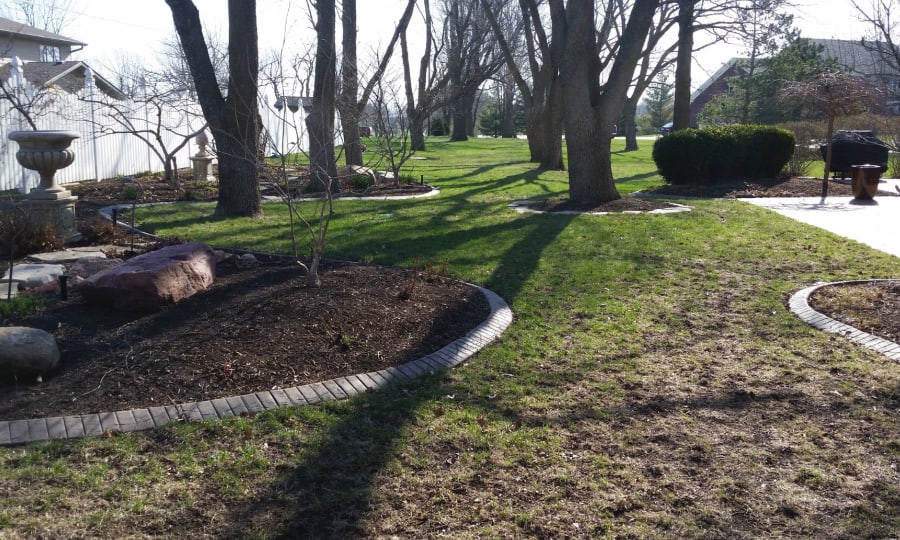
Best turf species for shady lawns
Finding any turf species for shady lawns is a plus, but in the Central Great Plains it is more difficult, because they also must stand summer heat. That makes the list smaller. Because we live in the transition zone, we should choose a cool-season grass for shaded areas.
- Kentucky bluegrass
- Perennial ryegrass
- Creeping red fescue
- Fine Fescues
- Tall fescue
The Sunny Lawn
Lawn care in the sunny lawn is easier because grass prefers to grow in the sun. This makes it healthier and easier to keep from getting destructive diseases. There is also a wide variety of warm or cool season grasses to choose from, depending on where you live in the country. I think, that when most people picture a healthy lawn, they see a sunny green lawn with no weeds or diseases, stretching out with mower lines crisscrossing.
That is what the American lawn has become. To achieve a green lawn nearly all year-round, you must have mostly cool season grasses growing. They may go dormant for a few weeks in the heat of July and August, but they are green from late March to July, then from September through October.
However, if you want to do less mowing and maintenance, planting a warm season grass lawn is the way to go. These are the best grasses for playing children becuase they need less chemicals to keep them healthy.
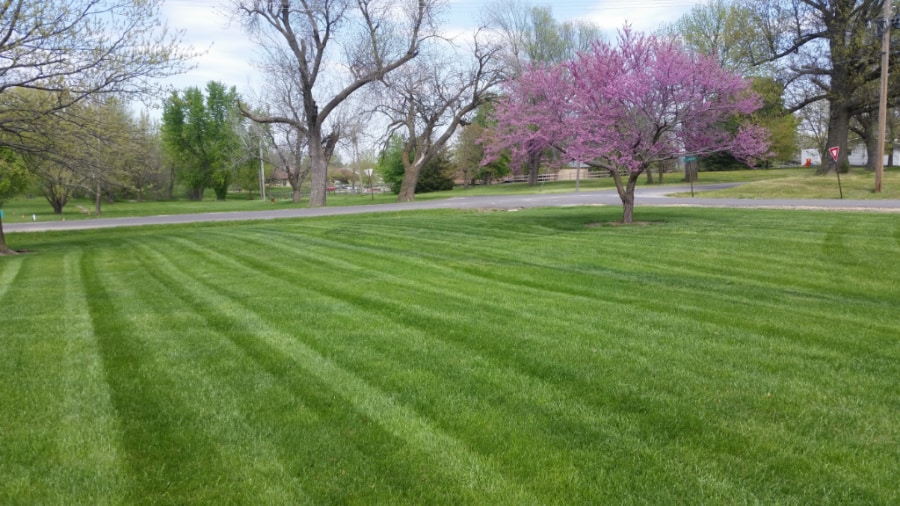
Best cool-season turf grasses for the sunny lawn
- Creeping red fescue
- Fine fescues
- Perennial Ryegrass
- Tall fescue
Best warm-season turf grasses for the sunny lawn
- Zoysia
- Buffalograss
- Creeping bentgrass
- Bermudagrass
- Gramas
Monthly Guide for Lawn Care
Now that we have established the various types of lawns that you may have, we can look at the care tips by month. Nothing is usually done during the winter months of December, January, or February, other than to keep an eye out for potential problems from moles or other burrowing animals.
This guide includes pests and diseases to be aware of, fertilizer treatments, mowing recommendations, and watering tips. These can be applied to all types of lawns, as you see necessary. I myself, only worry about mowing in the diverse organic lawn which I have.
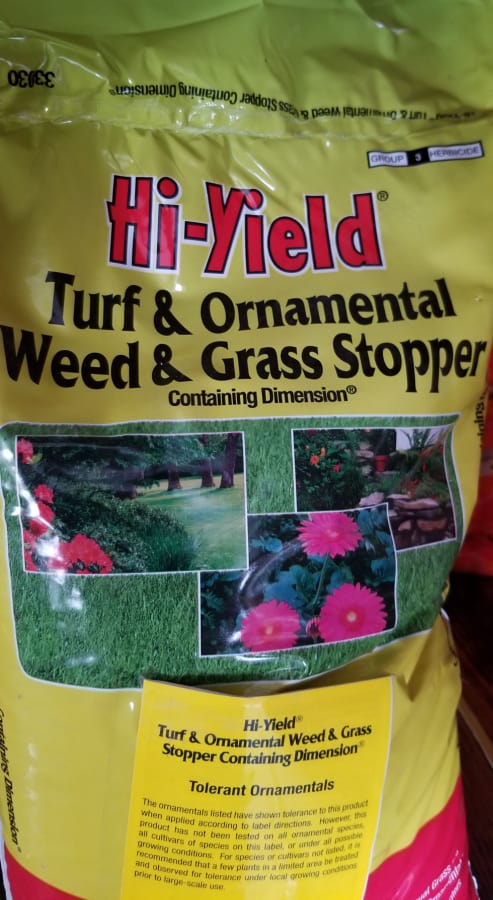
March
- On days warmer than 50o F, spot treat dandelions, plantains, chickweed, and ground ivy with an application of triclopyr. Do not spray this chemical on your lawn grasses. Spot treating is best done with a paintbrush, unless your lawn is large. Follow all precautions on the pesticide label.
- Start applying a pre-emergent granular herbicide for the prevention of crabgrass and other annual weeds. First applications begin in late March, around the 21st. If no rain is forecasted, water in these applications for best results.
April
- Continue applying a pre-emergent granular herbicide if you have had problems the previous season. Crabgrass preventers will also help control other warm-season annual weeds, but have no effect on dandelions and plantains.
- Apply a thin layer of compost or worm-castings to the lawn, if you have a smaller lawn area, or if your soil needs improvement.
- Set your mower height to 2 to 6 inches. Remember that the higher your height, the more shading the grass blades will do on emerging weeds, and the healthier your turf grass will be.
- Apply a spring fertilizer to cool-season turf grass lawns.
- Start up you irrigation (if you have one) around April 15th.
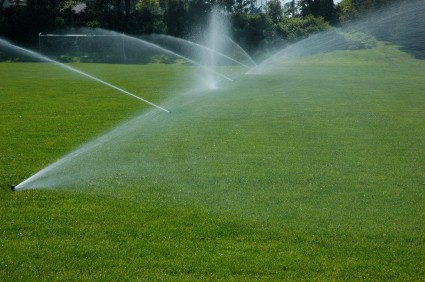
May

- Keep mowing at the height of 2 to 6 inches. Mower blades should be kept sharp to prevent grass tips from being ripped.
- Fertilize warm-season turf lawns with nitrogen to promote green-up and summer growth.
- Begin grub control applications the last week of May to control various grass root feeding insects.
- Fairy rings of mushrooms may appear in wet weather where trees have been removed.
- Apply post-emergence herbicide to yellow nutsedge before the 3 to 6 leaf stage.
June
- If you are mowing at a lower height (2 to 3 inches), raise your height to 4 to 6 inches to increase resistance to weeds and diseases.
- Core aerate zoysia and bermudagrass lawns to prevent thatch buildup and promote air movement in the root zone.
- Set irrigation to water deeply once a week to promote drought tolerance.
- Watch for Brown Patch on tall fescue lawns.
- Now is the time to spray zoysia and bermudagrass with a herbicide to kill from unwanted areas of cool-season turf lawns.
- Continue applying grub control applications.
July
- Raise your mower to its highest setting so that the longer grass blades can keep the roots cool. Leave it high until after the July and August heat has subsided.
- If using lawn irrigation, set to water once per week, deeply, to encourage heat and drought tolerance.
August
- Apply a nitrogen fertilizer to warm-season lawns of zoysia, bermudagrass, or buffalograss.
- Mow bi-weekly.
September
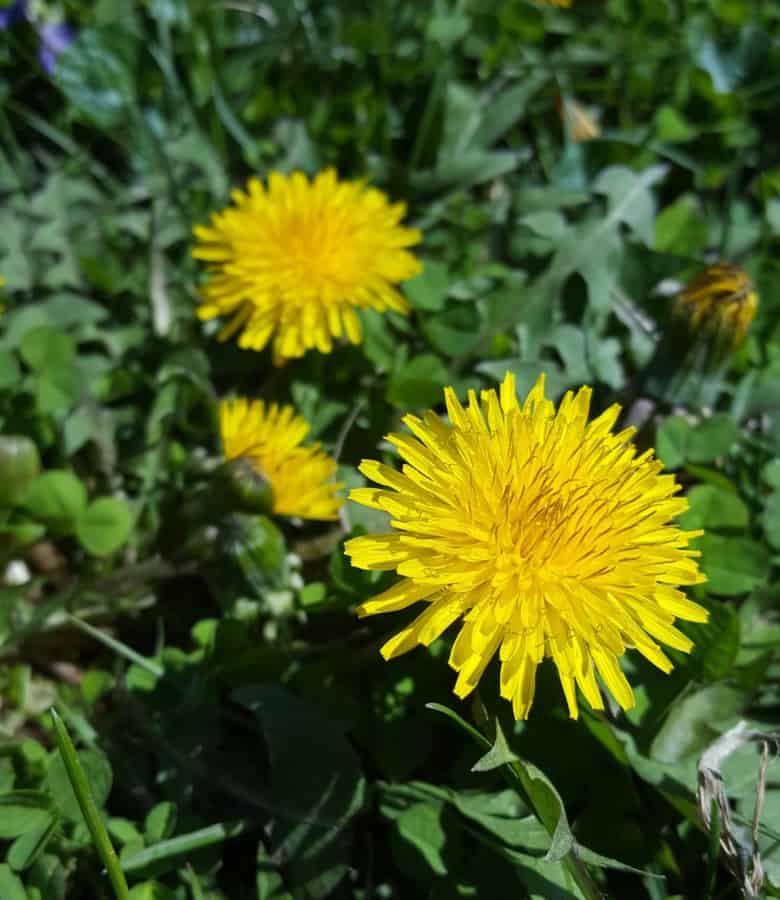
- Apply fall fertilizer application around Labor Day. Use a high nitrogen fertilizer on cool-season grasses.
- Once the heat has subsided, overseed sparse areas of turf and keep watered until the new grass has grown to a height of 6 inches.
- Core aerate cool-season turf now to prevent thatch buildup and promote air movement in the root zone.
- Lower mower cutting height to 2 to 6 inches, depending on your preference.
- Begin spraying a post-emergence herbicide on dandelions, ground ivy, plantains, and other broadleaf weeds around the 20th and continue into October.
October
- As leaves begin to fall, remove them from the turf to prevent suffocation and dead spots.
- Continue to spray for broadleaf weeds such as dandelions, ground ivy, and plantains.
- Turn off and clean out irrigation lines with air to prevent freezing of water lines over winter.
November
- Apply a winterizing fertilizer to cool-season turf lawns, which is taken up by roots as the plant goes dormant, holding the nutrients until next season.
- Continue to mow until the turf grass goes dormant. Mulch mow leaves if you are not raking them up.
- When the turf grass is dormant, store your mowers in a garage or shed, after emptying the gas tank.
Conclusion
Lawn care can be both easy and enjoyable, if you have a checklist pulled from this list to apply to your individual lawn type. Once you have your checklist started, get that grass growing!
Happy planting!

